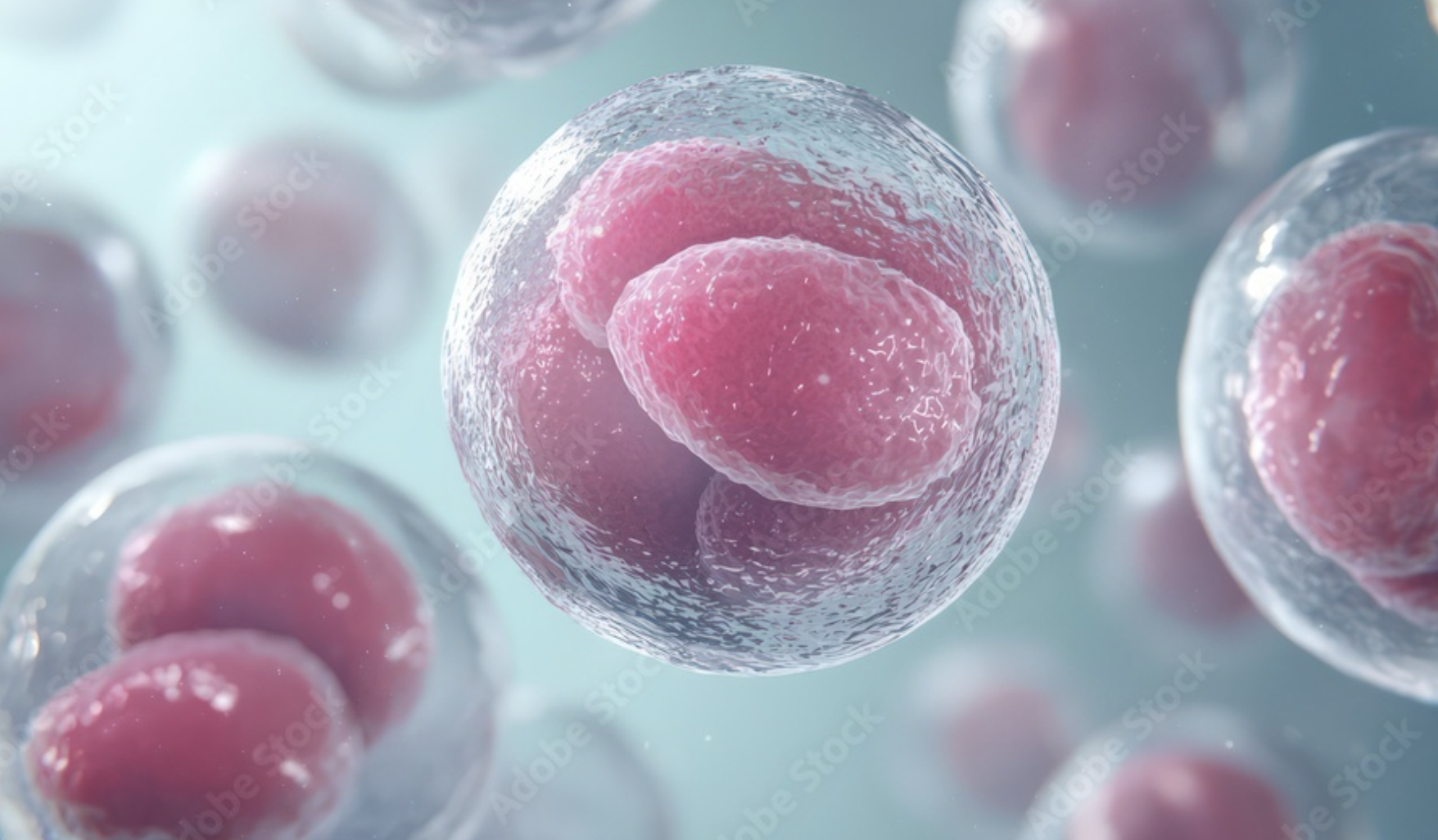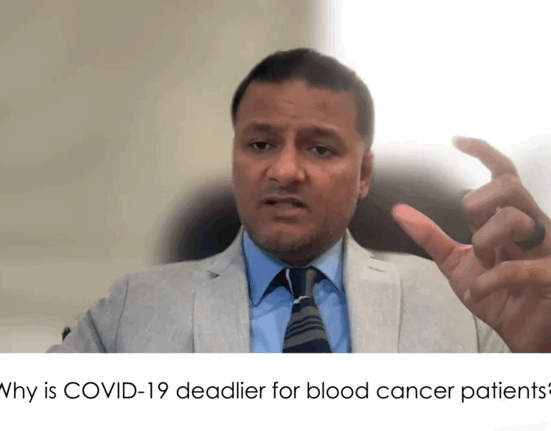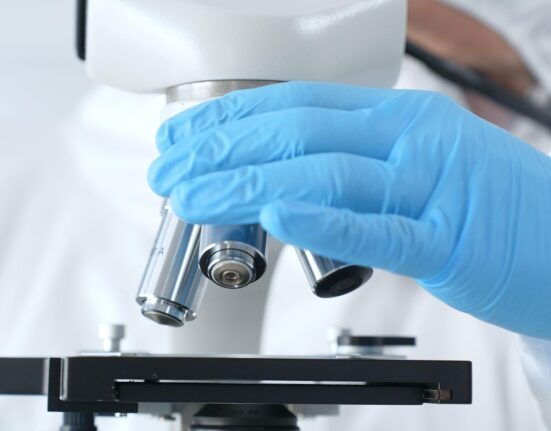A review of patients treated with chimeric antigen receptor (CAR)-T cell therapy at a single institution revealed rare cases of second tumors, including a notable instance of secondary T-cell lymphoma following treatment for diffuse large B-cell lymphoma (DLBCL), according to a recent study published in The New England Journal of Medicine.
“Our results highlight the rarity of second tumors and provide a framework for defining clonal relationships and viral vector monitoring,” the authors, led by Mark Hamilton, MD, PhD, of Stanford Medicine, wrote in the published article.
This case offered insights into the potential risks associated with CAR-T cell therapy and the mechanisms underlying secondary malignancies.
Detailed molecular and genetic analyses showed that the primary and secondary lymphomas had distinct immunophenotypes and genomic profiles. However, both were linked to Epstein–Barr virus (EBV) positivity and clonal hematopoiesis involving DNMT3A and TET2 mutations. Importantly, advanced techniques found no evidence of oncogenic retroviral vector integration, addressing concerns about the role of the viral vector in tumorigenesis, they noted.
Among the 724 patients included in the study, the majority tolerated CAR-T cell therapy without developing second tumors, Dr. Hamilton and colleagues wrote. The patient with secondary T-cell lymphoma presented with a distinct tumor immunophenotype and genomic profile, which did not match the original tumor, confirming its independent origin.
Reference
Hamilton MP, Sugio T, Noordenbos T, et al. Risk of second tumors and T-cell lymphoma after CAR T-cell therapy. N Engl J Med. 2024;390(22):2047-2060. doi:10.1056/NEJMoa2401361







